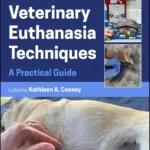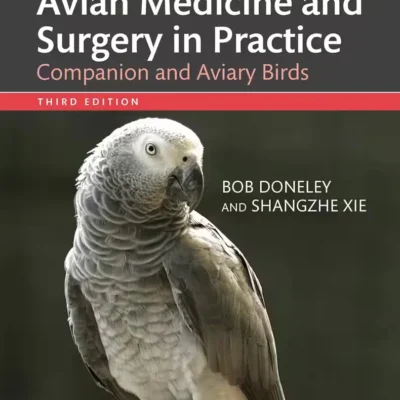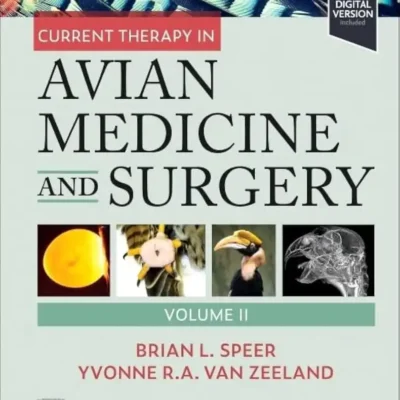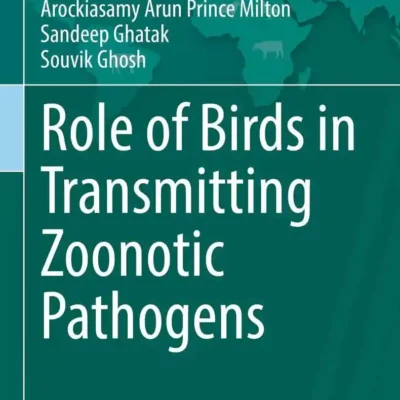Improving the Safety and Quality of Eggs and Egg Products (Volume 1 &2)
Improving the Safety and Quality of Eggs and Egg Products: Volume 1: Egg Chemistry, Production and Consumption
by Yves Nys, Maureen Bain, Filip van Immerseel
September 2011
Eggs are economical and of high nutritional value, yet can also be a source of foodborne disease. Understanding of the factors influencing egg quality has increased in recent years and new technologies to assure egg safety have been developed. Improving the safety and quality of eggs and egg products reviews recent research in these areas.
Volume 1 focuses on egg chemistry, production and consumption. Part one sets the scene with information on egg production and consumption in certain countries. Part two then provides essential information on egg formation and chemistry. Factors that impact egg quality are the focus of part three. Chapters cover the role of poultry breeding, hen nutrition and laying environment, among other significant topics. Part four addresses organic and free range egg production, the impact of egg production on the environment and non-poultry eggs. A chapter on processed egg products completes the volume.
With its distinguished editors and international team of contributors, Volume 1 of Improving the safety and quality of eggs and egg products is an essential reference for managers in the egg industry, professionals in the food industry using eggs as ingredients and all those with a research interest in the subject.
- Focuses on egg chemistry, production and consumption with reference to the factors than can impact egg quality
- Reviews recent research in the areas of disease, egg quality and the development of new technologies to assure egg safety
- Comprehensively covers organic, free-range and processed egg production
Improving the Safety and Quality of Eggs and Egg Products: Volume 2: Egg safety and nutritional quality
by Yves Nys, Maureen Bain, Filip van Immerseel
September 2011
The opening chapters in Volume 2 of this essential collection address aspects of egg contamination, with particular emphasis on Salmonella Enteritidis. Control of egg safety is the focus of part two, and preharvest control of Salmonella, egg decontamination and egg defect detection are among the topics reviewed. Part three addresses the nutritional and nutraceutical properties of eggs.
Key Features: focuses on egg safety and nutritional quality with reference to egg contaminants such as Salmonella Enteritidis; chapters discuss essential topics such as monitoring and control procedures in laying flocks and egg decontamination methods; presents a comprehensive overview of the role of eggs in nutrition and other health applications including dietary cholesterol, egg allergy, egg enrichment and bioactive fractions of eggs.
Contents: Part 1 Microbial and chemical contamination of eggs: Microbiology and safety of table eggs; Foodborne disease associated with eggs: microbial hazards and Salmonella enteritidis risk assessment; Internal contamination of eggs by Salmonella enteritidis; Chemical residues and contaminants in eggs. Part 2 Salmonella control in laying hens: Detection and monitoring of Salmonella in laying hen flocks; Epidemiology of Salmonella infections in laying hens with special emphasis on the influence of the housing system; Pre-harvest measures to control Salmonella in laying hens; Management and sanitation procedures to control Salmonella in laying hen flocks; Egg decontamination by washing; Alternative egg decontamination techniques to washing. Part 3 Eggs in nutrition and other applications: The nutritional quality of eggs; Eggs, dietary cholesterol and disease: Facts and folklore; Egg allergy; Modifying egg lipids for human health; Egg enrichment with vitamins and trace minerals; Bioactive fractions of eggs for human and animal health; Using egg IgY antibodies for health, diagnostic and other industrial applications; Strategic planning for the development of the egg nutraceutical industry.
PDF 27.2 MB fn










